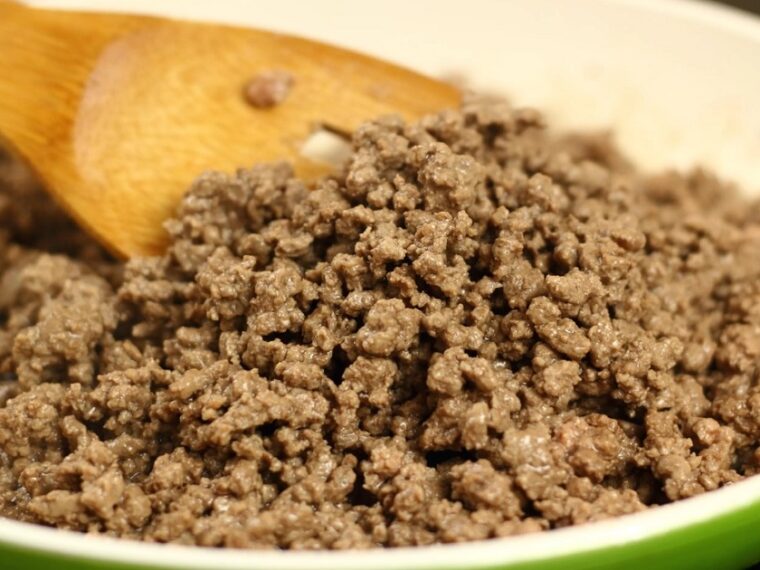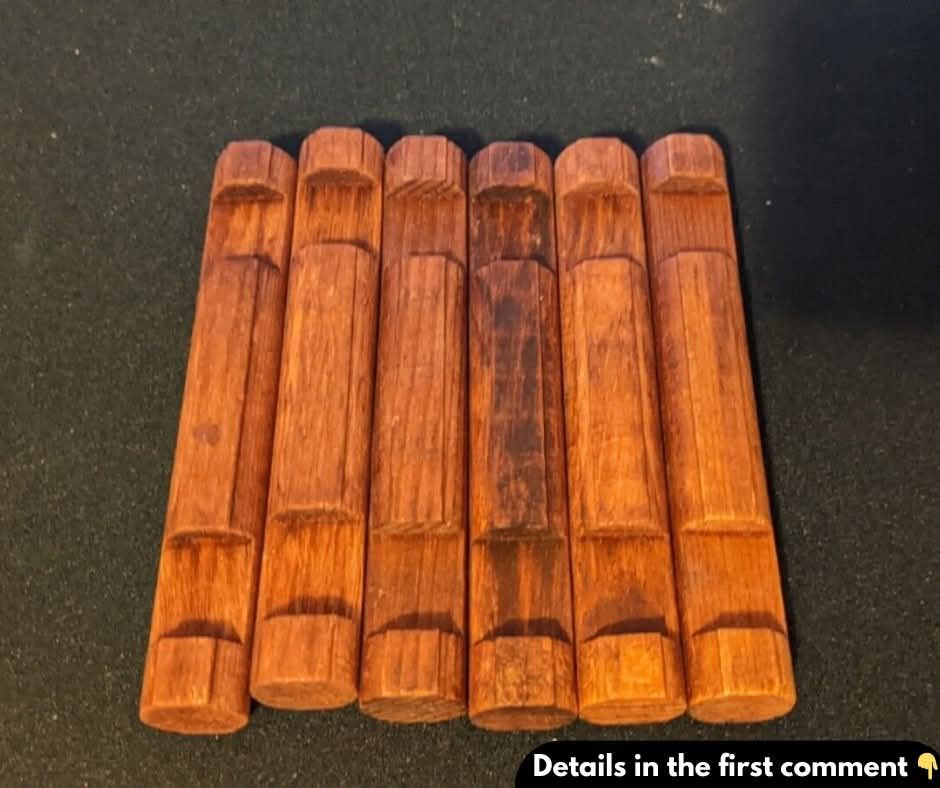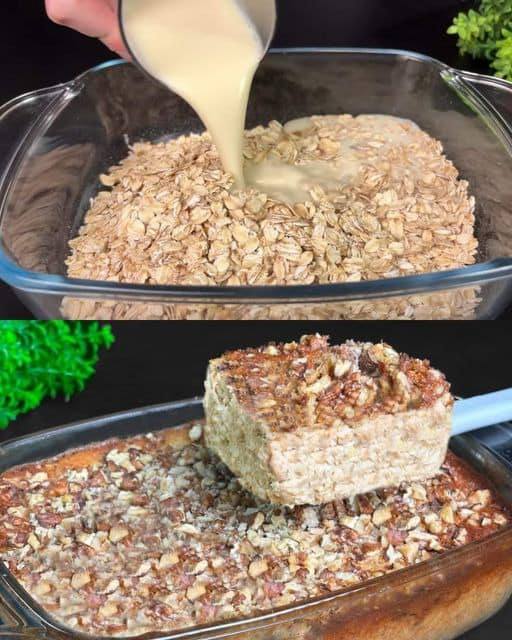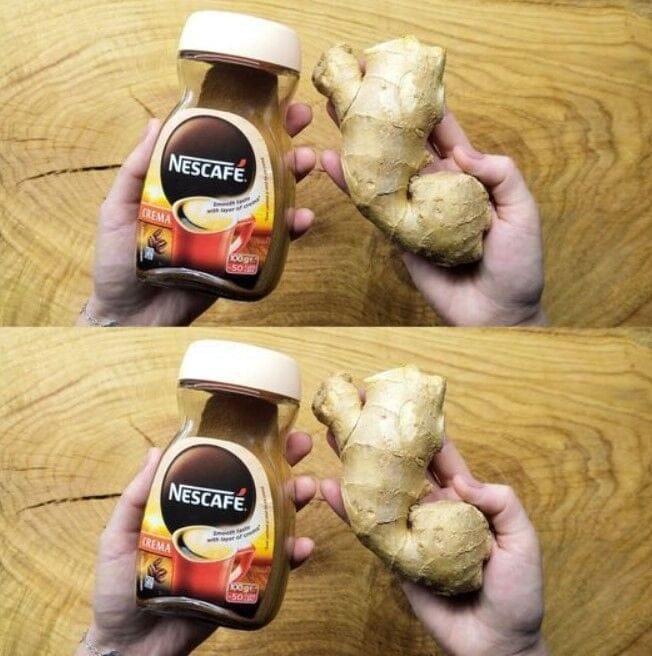When it comes to cooking up a storm in the kitchen, ground beef is a culinary superhero. From tacos to spaghetti, this versatile ingredient has the power to turn a simple meal into a flavor-packed feast. But there’s a lingering question that divides kitchen warriors: Should you rinse your ground beef before cooking (or after)?
The Argument for Rinsing Ground Beef
Some kitchen enthusiasts swear by rinsing their ground beef before—or even after—cooking, and they have a few compelling reasons.
1. Reducing Fat Content
One of the primary reasons people choose to rinse ground beef is to lower its fat content. Ground beef, especially varieties with higher fat percentages like 70/30 or 80/20, tends to release a considerable amount of grease during the cooking process. While some fat can be drained off by simply tilting the pan and spooning it out, rinsing with hot water can eliminate even more.
For health-conscious cooks, this is an appealing tactic. Less fat in your meal can mean fewer calories, less saturated fat, and a dish that feels lighter overall. If you’re working with a restricted diet—such as low-fat, low-cholesterol, or heart-healthy meal plans—rinsing may help make ground beef a viable option without sacrificing your nutritional goals.
2. Reducing Grease in Final Dishes
There’s also a practical kitchen benefit. Rinsing ground beef can help reduce the grease that ends up in your final dish. Think about dishes like chili, tacos, or casseroles. If your cooked ground beef is greasy, that excess fat can pool in your meal, making the dish feel oily or even unappetizing.
Imagine a perfect plate of spaghetti, where the star of the show—your seasoned meat sauce—isn’t overshadowed by a shiny, greasy sheen. In that context, rinsing can be the hero that saves your meal from becoming a greasy catastrophe.
3. Making Pre-Cooked or Frozen Beef More Appealing
Another situation where rinsing might make sense is when dealing with pre-cooked or leftover ground beef. If you’re pulling a batch of pre-cooked beef from the freezer or fridge and it has congealed fat or residue on it, a quick rinse under hot water can freshen it up, melt away the fat, and make it ready to use in a new recipe.
The Case Against Rinsing Ground Beef
On the flip side, many cooks and culinary experts argue that rinsing ground beef is a culinary no-no, and their reasons are just as compelling.
1. Flavor Loss
Perhaps the biggest downside to rinsing ground beef is the loss of flavor. When you rinse ground beef, especially after cooking, you’re not just washing away fat—you’re also washing away valuable juices and seasoning. Fat carries flavor, and removing too much can result in a bland, dry product.
If you’re building a dish where the beef is supposed to be the centerpiece—like burgers, meatballs, or shepherd’s pie—removing too much fat can lead to disappointing results. Many chefs argue that the flavor and mouthfeel of meat depend on a delicate balance of fat and juice, which rinsing can disrupt.
2. Texture Compromise
Rinsing cooked ground beef can also negatively impact its texture. Water can cause the meat to become soggy or mushy, especially if it isn’t dried thoroughly after rinsing. The meat may not brown as well or mix smoothly into sauces, casseroles, or stuffings, affecting both visual appeal and mouthfeel.
3. Kitchen Hassle and Mess
Let’s not forget the logistics. Picture yourself at the sink, trying to juggle a pound of ground beef while hot water splashes everywhere. It’s not the most glamorous part of cooking, and it can be a messy, time-consuming step that doesn’t always deliver meaningful benefits. There’s also the risk of burns if you’re rinsing hot beef or using near-boiling water.
Food Safety Considerations
From a food safety perspective, rinsing meat—whether ground beef, poultry, or pork—is generally not recommended by the USDA and most food safety experts. Here’s why:
1. Cross-Contamination Risks
When you rinse raw ground beef, tiny droplets of water can splash onto surrounding surfaces, spreading potential pathogens like E. coli or Salmonella. These bacteria can survive on counters, sinks, and even other foods, increasing the risk of foodborne illness.
Unless you are sanitizing your kitchen rigorously afterward (and most people don’t), rinsing raw beef might actually make your kitchen less safe, not cleaner.
2. Cooking Kills Bacteria
Proper cooking is far more effective than rinsing when it comes to eliminating harmful bacteria. Ground beef should always be cooked to an internal temperature of 160°F (71°C), which is sufficient to kill dangerous microorganisms. There’s no need to rinse to make it “cleaner”—heat does that job more thoroughly.
Environmental and Plumbing Concerns
While rinsing fat from ground beef down the sink might seem like a convenient solution, it can lead to serious plumbing issues. As the fat cools, it solidifies and can clog pipes over time. This creates a recipe for disaster, potentially causing blockages, slow drainage, and even the need for costly plumbing repairs.
Proper disposal tip: Let the fat cool and solidify in a container, then scrape it into a sealable can or jar. Toss the container in the trash. Not only is this safer for your pipes, but it’s better for the environment.
What the Experts Say
Most professional chefs and food safety agencies fall firmly in the “no-rinse” camp. According to the USDA:
“Washing raw meat and poultry is not recommended because washing does not kill bacteria. Rather, it spreads bacteria to other surfaces.”
Professional chefs often echo that sentiment, emphasizing that proper cooking and seasoning are the best ways to ensure both safety and flavor.
Alternatives to Rinsing
If your goal is to reduce fat without sacrificing flavor or creating a mess, there are better alternatives than rinsing.
1. Choose Leaner Ground Beef
Instead of rinsing, simply opt for leaner cuts of ground beef. Look for varieties like 90/10 or 93/7 (lean meat to fat ratio). These have significantly less fat from the start and reduce the need for post-cook fat removal.
2. Drain Properly
After browning your ground beef, tilt the pan and use a spoon or ladle to scoop out the excess grease. Alternatively, drain it through a fine-mesh sieve or colander over a bowl (not the sink!). Let the fat cool and dispose of it in the trash.
3. Blot with Paper Towels
If you’re still concerned about leftover grease, place the cooked beef on a plate lined with paper towels. Gently pat the top to absorb extra fat. This method is quick, easy, and avoids the mess and risk of rinsing.
When Rinsing Might Make Sense
Despite all the arguments against it, there are a few niche scenarios where rinsing ground beef might make practical sense:
- Preparing baby food or meals for those with strict dietary needs where fat must be minimized
- Removing seasoning or spices in repurposed leftovers
- Fixing a dish that’s accidentally too salty or greasy
In these rare cases, rinsing with hot water (followed by draining and blotting) might help adjust the final result. Just be aware of the trade-offs.
Final Verdict: Should You Rinse Ground Beef?
So, should you rinse your ground beef? The answer depends on your culinary goals and personal preferences, but the short answer is generally no.
✔️ Skip the Rinse If:
- You value flavor and texture
- You’re preparing gourmet meals or burgers
- You want to avoid kitchen mess and plumbing issues
- You’re following expert recommendations from chefs and the USDA
✔️ Consider Rinsing If:
- You’re cooking for strict low-fat diets
- You need to salvage greasy or over-seasoned beef
- You’re repurposing precooked meat in another dish
Whether you’re Team Rinse or Team No-Rinse, the most important thing is to enjoy the process of creating mouthwatering meals. There’s no one-size-fits-all answer—only what works best for your kitchen, your health goals, and your taste buds.
So go ahead, experiment, and find your perfect method. After all, cooking is as much about joy and creativity as it is about technique.





